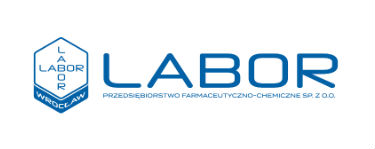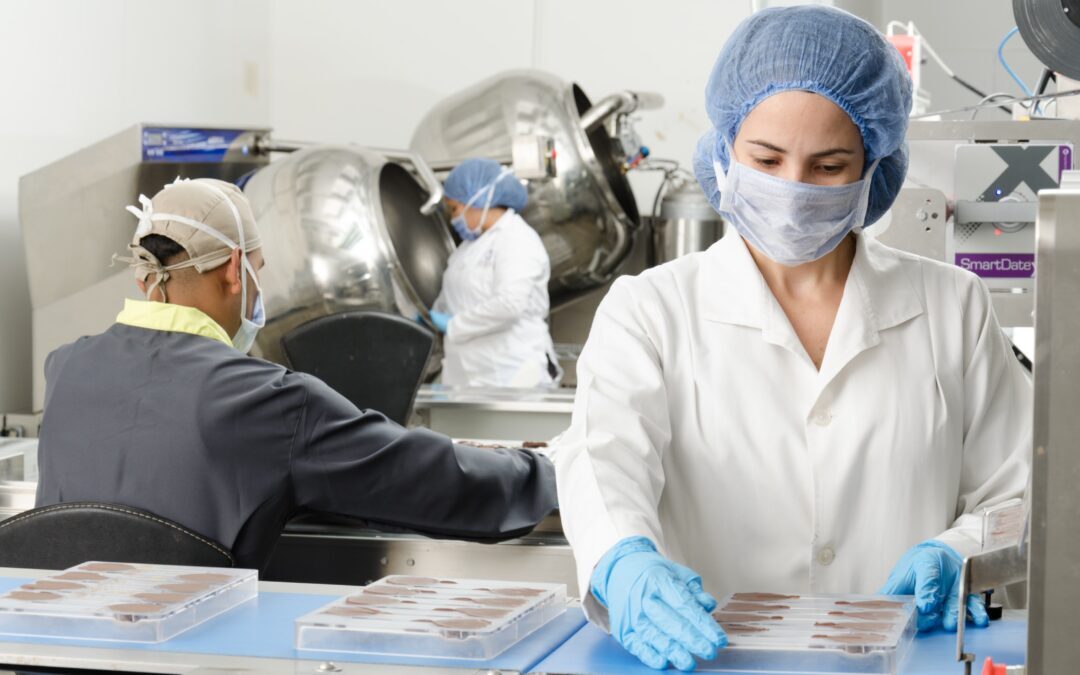Summary
Good Manufacturing Practice – GMP is a set of procedures aimed at ensuring the appropriate quality of manufactured drugs. For the first time this system was introduced by the US Food and Drug Administration (FDA). The system was later modified and detailed many times. The European Union now has the latest version of the EU Guidelines on good manufacturing practice for medicinal products for human and veterinary use, published in 2011. The obligation to apply them in Poland is introduced by the Pharmaceutical Law Act. Obtaining the GMP certificate is a prerequisite for starting the production of drugs.
Good Manufacturing Practice – GMP is a set of production procedures, which in particular are focused on production hygiene and preventing the production of products that do not meet quality requirements, but also ensuring the repeatability of all parameters of the manufactured drugs.
The origins of the GMP system date back to 1962, when the FDA and the US Food and Drug Administration (FDA) introduced this term as part of its current Good Manufacturing Practices (cGMP) initiative. Since then, the GMP requirements have been modified and detailed many times. Currently, the European Union has the latest version of the EU Guidelines on Good Manufacturing Practice for Medicinal Products for Human and Veterinary Use, published in 2011. The obligation to use them in Poland is introduced by the Pharmaceutical Law.
Currently, apart from the European Union, the United States, Japan and Russia have their own GMP systems. In their assumptions, they are very similar to each other, with only differences in small details.
The introduction of GMP rules and obtaining the appropriate certificate issued by the Pharmaceutical Inspectorate is a necessary condition for starting the production of drugs.
GMP Decalogue
One of the examples of thinking and defining Good Manufacturing Practice is the GMP Decalogue, which was proposed by the Food and Nutrition Institute:
1. Before you begin any work, make sure you have the required procedures and instructions.
It is very important that each activity is accurately and in detail described in the appropriate procedures. The description must be detailed enough not to leave room for any freedom and variety of interpretation.
2. Always follow the instructions exactly, do not use shortcuts or improvements. If you don’t know or understand something, ask your superiors or refer to the relevant documentation.
It is necessary to follow the procedures. It is absolutely forbidden to make any modifications, improvements to them on your own.
3. Before starting work, make sure that you are dealing with the right raw material or semi-finished product.
Before starting the operation, it is necessary to accurately identify the material and confirm its compliance with the documentation. You also need to check the status of the material (released for production, quarantined or rejected.
4. Make sure that the technical condition of the devices and equipment is appropriate and that they are clean.
Before starting production, check the technical condition of the device and its status (clean/dirty).
5. Work so as to minimize the risk of contamination of the product, rooms, equipment and devices.
During work, any movement, transfer, pouring and repackaging of raw materials and products should be minimized. Any such changes could be a source of contamination or lead to confusion or mixing of materials.
6. Be careful, counteract mistakes.
During work, you should be as concentrated as possible, the correctness of key activities must be checked and confirmed by another person.
7. Report any irregularities and deviations from the assumed parameters of the production process to the management.
Any deviations that may occur from the planned course of the process should be immediately reported to your supervisor who, together with the employees of the Quality Assurance Department, decides to what extent the deviation is significant and may affect the quality of the manufactured drug.
8. Take care of personal hygiene, keep your stand clean and tidy.
It should be remembered that the main source of microbial contamination, especially in sterile area, is staff. Therefore, it is very important to maintain personal hygiene. The cleanliness and order in the production areas also guarantee the purity of the product.
9. Record all process parameters carefully.
The course of each process is accurately described in the so-called Batch Report. It contains information about the raw materials used (e.g. batch numbers), physicochemical parameters of the process, results of in-process analyzes. The batch report also identifies the individual personnel who were responsible for performing these activities.
10. Take responsibility for what you do.
The employee is fully responsible for the operations performed. Admitting a mistake that can happen to anyone allows you to react quickly. The worst possible situation is to keep silence about a problem. This can even lead to the death of patients treated with the drug. An example of this is the scandal where vials of a drug used in muscle relaxant surgery were found among vials of a drug used to treat acute allergic reactions.
The above principles only represent the basic philosophy of the GMP system. Detailed guidelines contain detailed requirements for the organization of production, microbiological purity of individual production zones, air quality in these zones, quality of water used in the production process and many, many more.
All data collected during the production process, equipment cleaning, room cleaning, storage conditions for raw materials and finished products are accurately recorded. Such data is stored for many years. As a result, a huge set of documentation is created, on the basis of which, even after many years, it is possible to accurately trace the conditions in which a given process took place and who was responsible for the performance of individual activities and operations.
Therefore, there is another, playful, extension of the GMP abbreviation – Giant Mount of Papers. However, remember that it is necessary to ensure the high quality and safety of the drugs we use.
AUTHOR: Dr n. farm. Andrzej Tarasiuk




